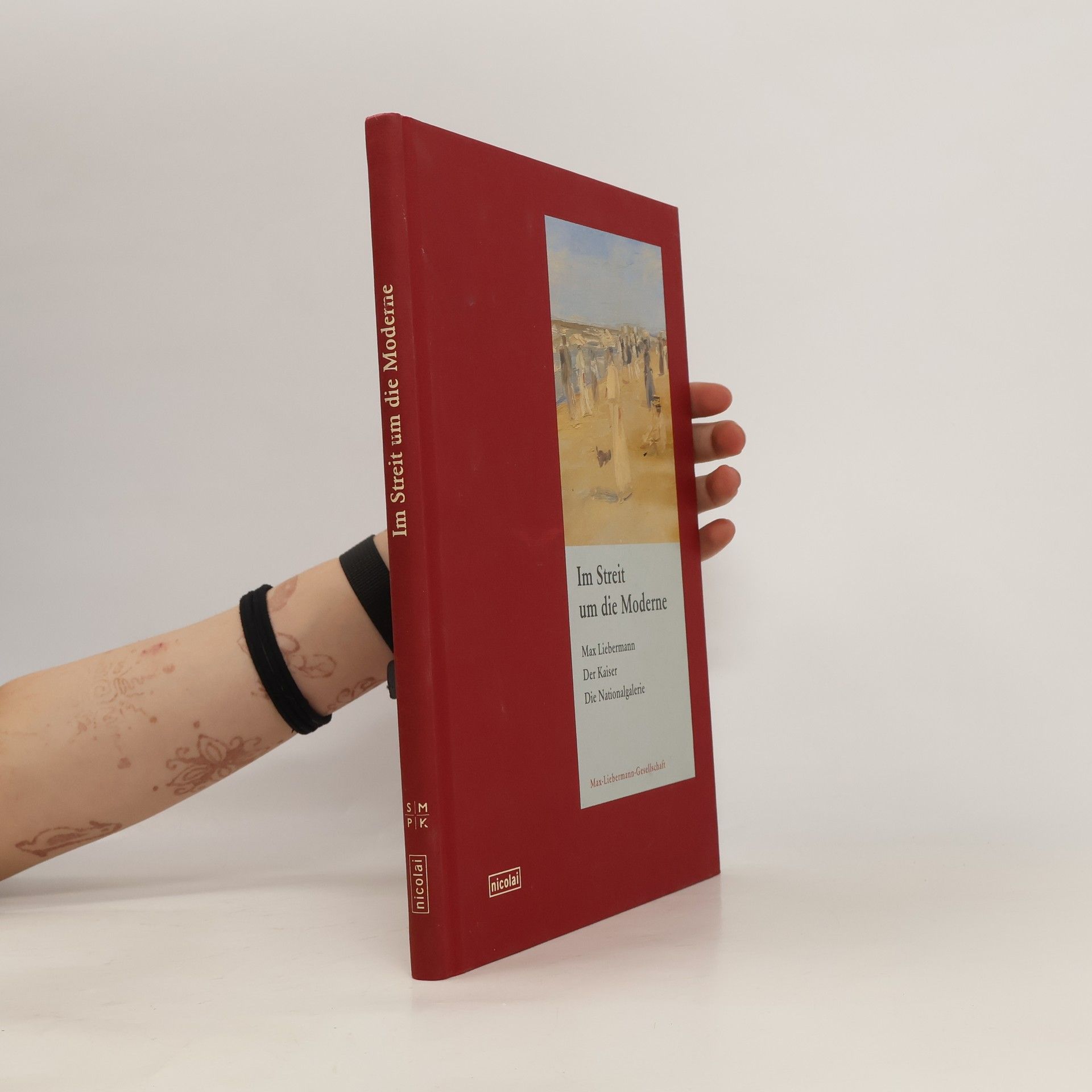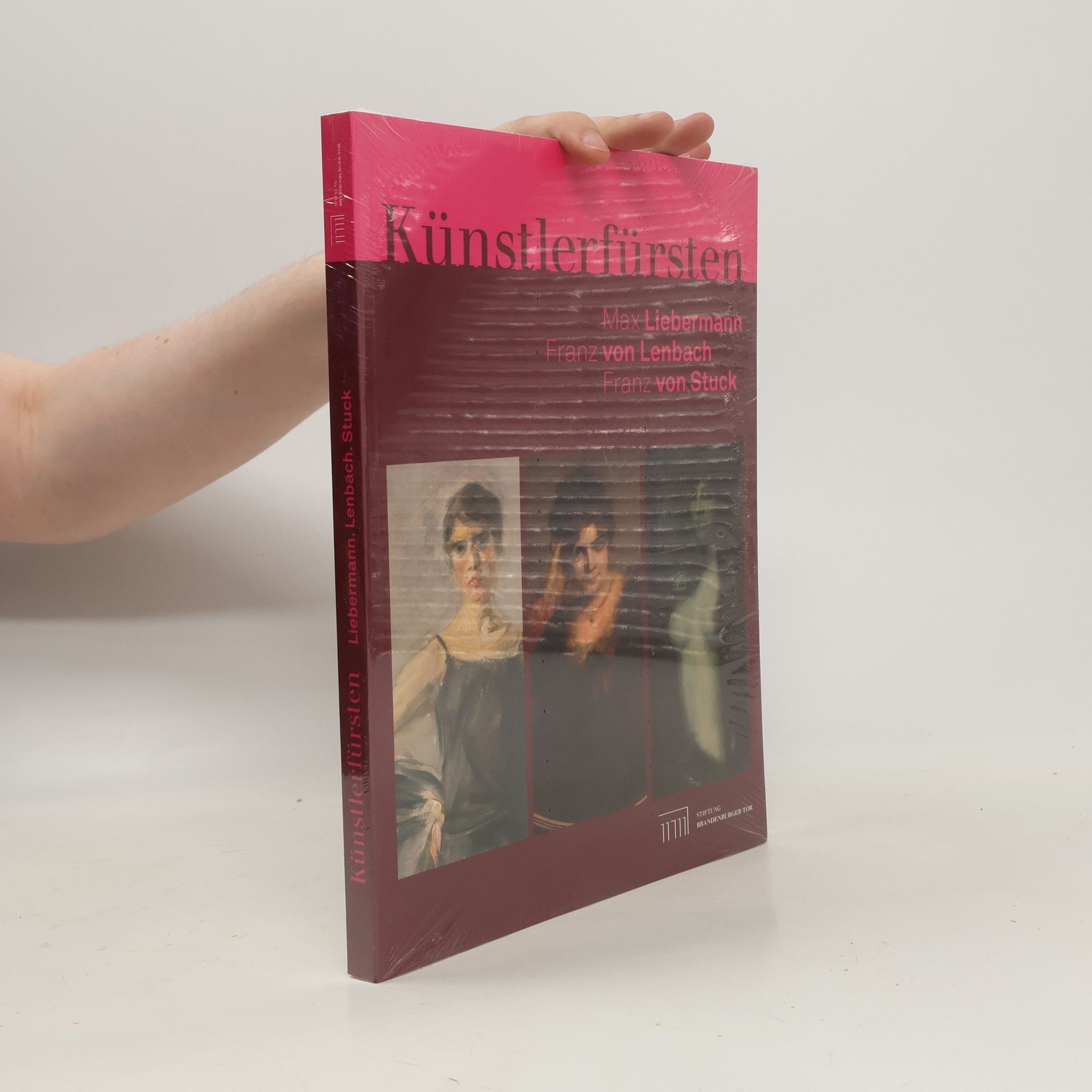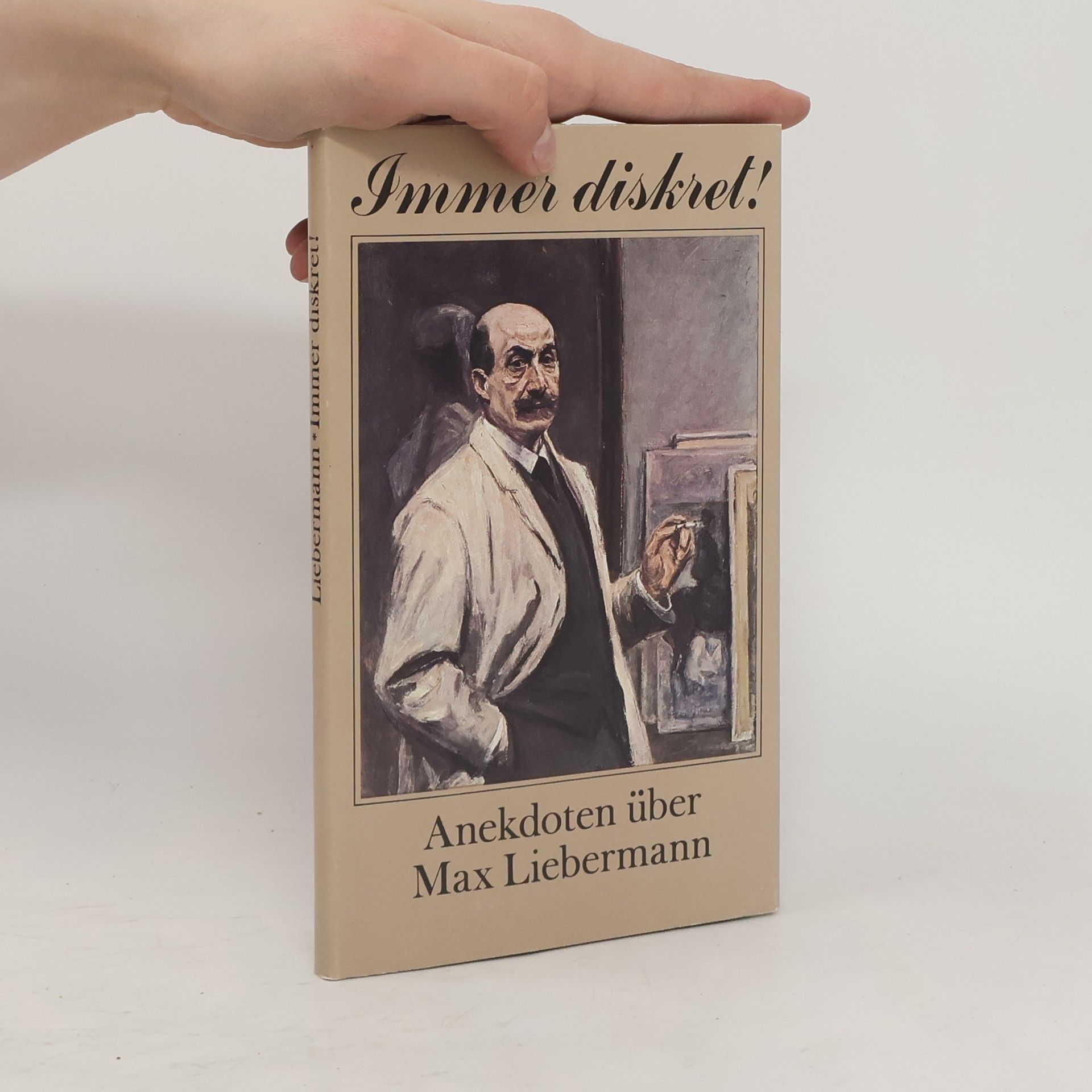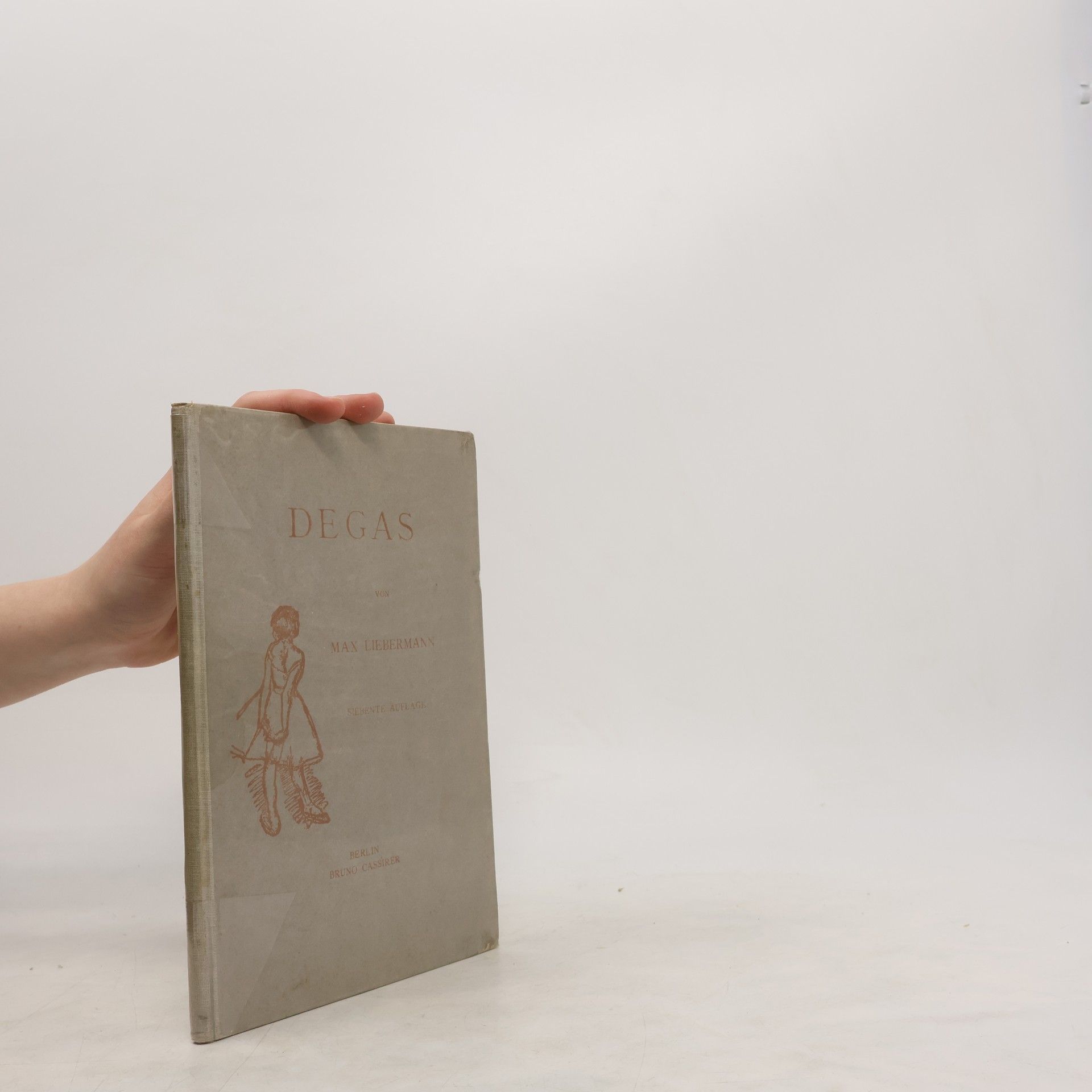Mit dem Werkbeitrag aus Kindlers Literatur Lexikon.Mit dem Autorenporträt aus dem Metzler Lexikon Weltliteratur.Mit Daten zu Leben und Werk, exklusiv verfasst von der Redaktion der Zeitschrift für Literatur TEXT + KRITIK. Mit einem furchtbaren Schock endet ein Ausflug ins Gebirge: Plötzlich taucht ein entlaufenes Raubtier auf, ein zweites ist nicht weit. Angst und Panik lassen nur einen einzigen Gedanken zu: Die Tiere müssen auf der Stelle getötet werden. Gibt es wirklich kein anderes Mittel? Ist Gewalt die einzige Lösung? Orpheus kannte doch noch eine andere Methode… Eine zarte, poetische Erzählung über die Macht der Kunst, die Gegensätze versöhnen und die elementaren Kräfte der Natur zähmen kann.
Max Liebermann Books
Max Liebermann was a German-Jewish painter and printmaker, who became one of the leading proponents of Impressionism in Germany. His work was characterized by its capture of fleeting light and atmosphere, often rendered in outdoor settings with a focus on contemporary life. Liebermann's style introduced a fresh perspective into German art, influencing an entire generation of artists. His pieces are valued for their vibrancy and masterful technique.




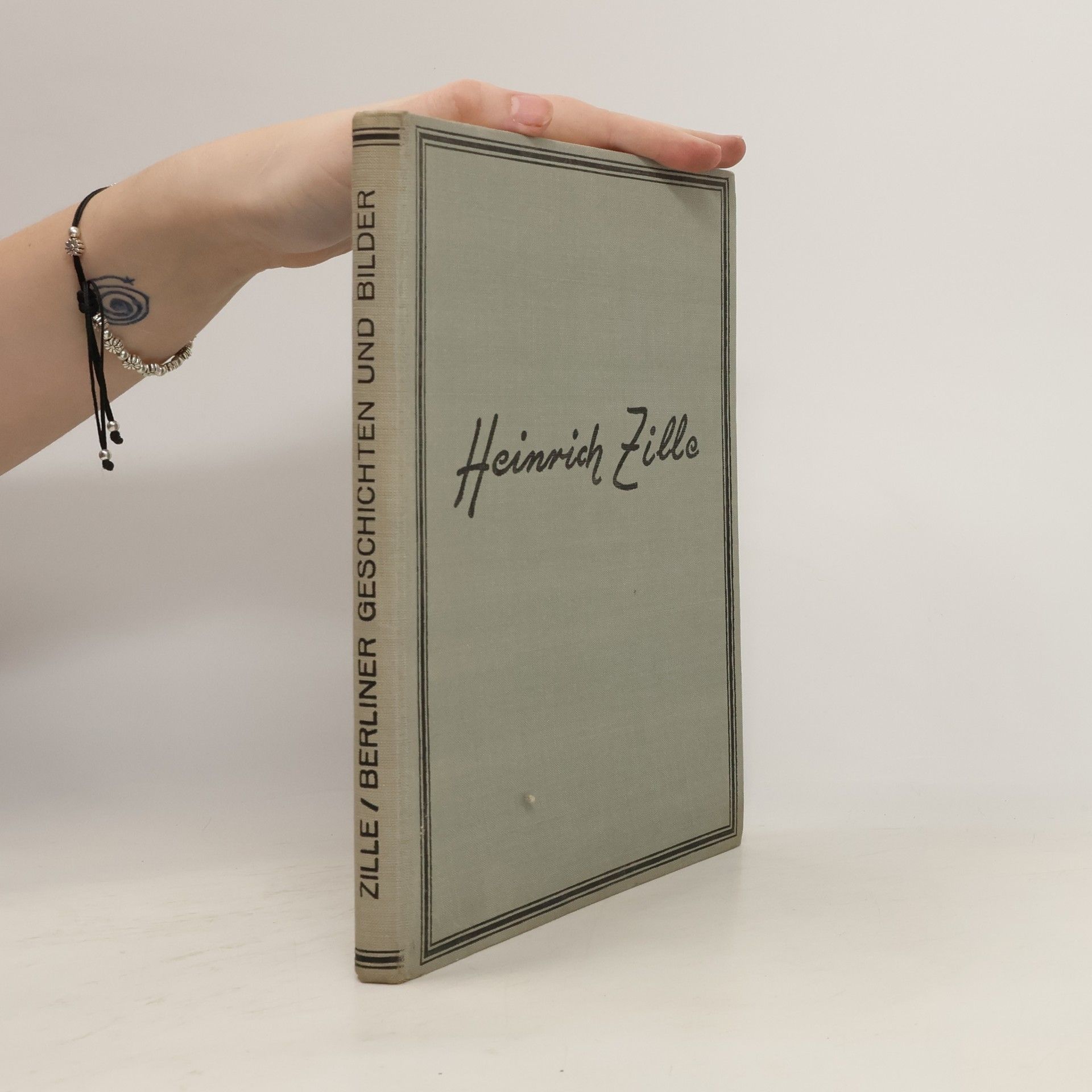
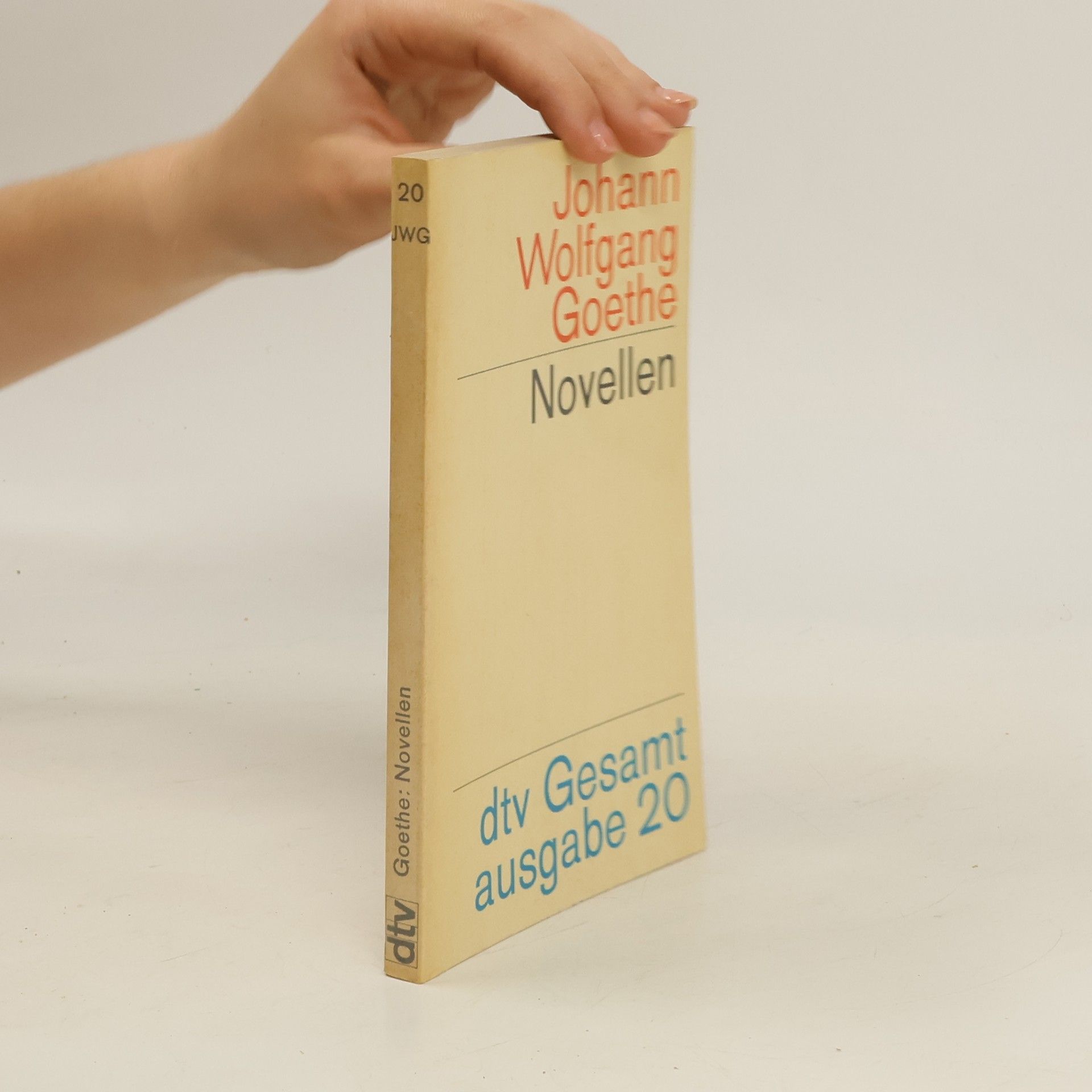
Max Liebermann
Kunsthalle Bremen
SE - 193: Il Rabbi di Bacherach
- 86 pages
- 4 hours of reading
Con quest'opera Heine intende dar voce al "cupo canto di martirio" del popolo ebraico, destare la memoria di "millenni di dolore", toccare il cuore di ogni uomo: "Sarà ben lungo," scrive il 25 ottobre 1824 all'amico Moses Moser, "un grosso volume, e porto quest'opera in petto con amore indicibile. È frutto d'amore e non di vanagloria. Ma proprio in quanto frutto d'amore sarà un'opera immortale, una lampada eterna nel Tempio di Dio". Ma il lavoro sembra procedere a fatica e viene interrotto nel 1826. Quando a Parigi, nel 1840, riprende il Rabbi e lo pubblica come frammento, Heine è ormai uno scrittore europeo; la questione ebraica, nella nuova prospettiva, è per lui solo parte del più generale compito del tempo: l'emancipazione di tutta l'umanità.
